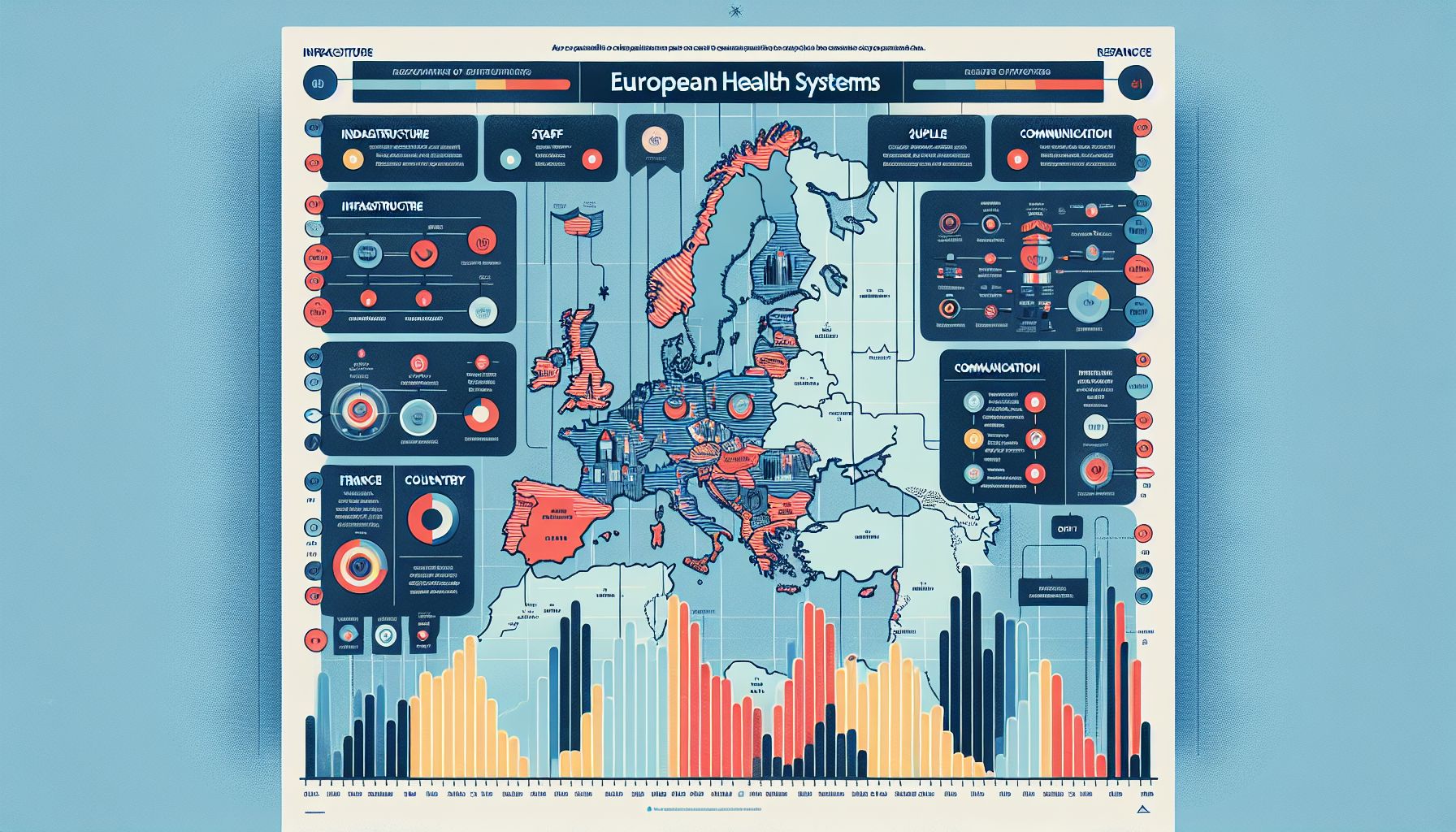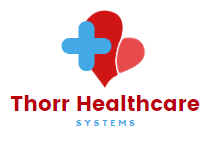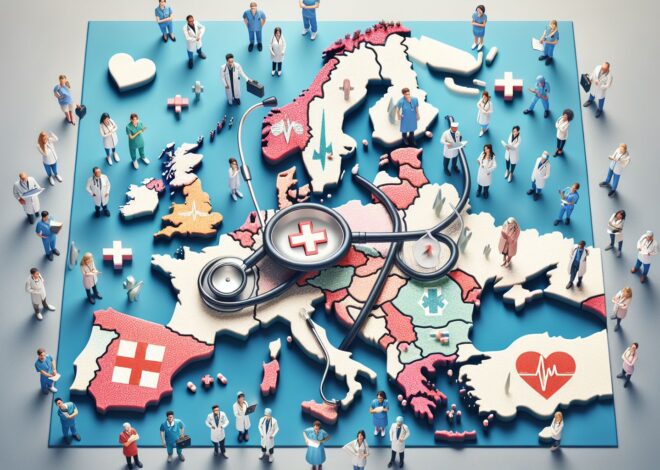
European Health Systems: Assessing Preparedness and Response
The outbreak of the COVID-19 pandemic has put healthcare systems across the globe under unprecedented stress, testing their preparedness and response mechanisms. In Europe, a continent known for its robust healthcare systems, the crisis has highlighted both strengths and weaknesses. In this blog post, we will delve into the preparedness and response of European health systems, addressing health professionals, policymakers, and concerned citizens.
Understanding Preparedness
Preparedness in the context of healthcare systems refers to the ability to anticipate, plan for, and respond effectively to public health threats. It encompasses various aspects, including infrastructure, resources, coordination, and communication strategies. European health systems, known for their universal coverage and high-quality care, were well-positioned to handle a crisis of this magnitude. However, the rapid spread of the virus has exposed vulnerabilities that need to be addressed for future readiness.
Infrastructure and Resources
One of the primary factors determining the preparedness of a health system is its infrastructure and availability of resources. European countries, with their well-developed healthcare infrastructure, were able to quickly mobilize hospitals, clinics, and testing facilities to expand their capacity. However, the shortage of critical medical supplies, such as personal protective equipment (PPE), highlighted a gap in resource availability. Policymakers must prioritize building and maintaining a robust stockpile of essential supplies to ensure adequate preparedness.
Coordination and Collaboration
Effective coordination and collaboration between different stakeholders is crucial for a prompt response to any health crisis. European health systems have demonstrated a commendable ability to collaborate both within their own countries and across borders. The sharing of information, best practices, and research findings among healthcare professionals has been instrumental in the fight against the virus. Policymakers should further strengthen these channels of communication and establish frameworks for cross-border coordination to enhance preparedness and response mechanisms.
Public Health Education and Communication
Equally important is the role of public health education and communication in preparing citizens to cope with health emergencies. European countries have generally excelled in disseminating accurate information through various platforms, ensuring that citizens understand the risks and follow recommended guidelines. However, there is always room for improvement. Increased investment in public health campaigns, promotion of health literacy, and better accessibility to information can further enhance the preparedness of European health systems.
Evaluating Response
The response of European health systems to the COVID-19 crisis has been multifaceted, with varying degrees of success. While some countries managed to contain the spread of the virus relatively effectively, others faced significant challenges in managing the surge of cases. Understanding the factors that contributed to differential responses is crucial for refining future strategies.
Early Detection and Testing
Early detection and testing play a pivotal role in controlling the spread of infectious diseases. European health systems, backed by their strong laboratory networks, swiftly ramped up testing capabilities. However, variations in testing strategies and capacity between countries led to discrepancies in identifying and isolating infected individuals. Policymakers must invest in the development and implementation of standardized testing protocols to ensure a more coherent response across Europe.
Healthcare System Capacity
The capacity of healthcare systems to handle a surge in cases is a critical indicator of their response effectiveness. Many countries faced overwhelming pressure on hospitals, intensive care units (ICUs), and healthcare workers. The need for additional ICU beds and medical professionals exposed gaps in surge capacity planning. Policies aimed at strengthening healthcare workforce resilience and enhancing healthcare infrastructure should be prioritized to better respond to future health crises.
Vulnerable Populations and Health Inequalities
The pandemic has magnified existing health inequalities and the vulnerability of certain population groups. The response of European health systems must address these disparities to ensure equitable access to healthcare services and interventions. Policymakers and healthcare professionals must work together to develop targeted strategies for protecting vulnerable populations, including the elderly, those with underlying health conditions, migrants, and socioeconomically disadvantaged groups.
Conclusion
The COVID-19 pandemic has served as a wake-up call for European health systems, highlighting both strengths and weaknesses. The preparedness and response of these systems have showcased their resilience and capacity for innovation, while also revealing gaps that need to be addressed. Strengthening infrastructure, enhancing coordination and collaboration, investing in public health education, and addressing health inequalities are crucial steps toward ensuring the readiness of European health systems in the face of future challenges. By learning from the lessons of this crisis, we can work together to build stronger, more responsive healthcare systems for the benefit of all citizens.



